How often and how to water my fig trees?
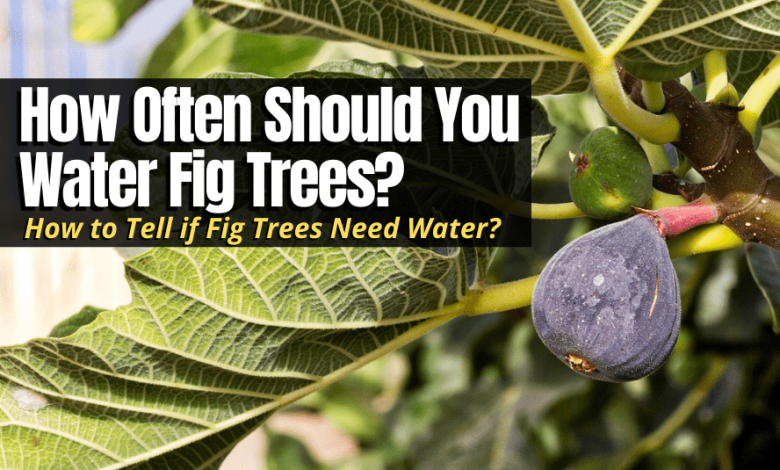
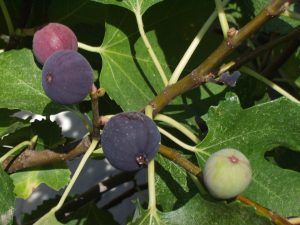 Fig trees are plants with excellent characteristics to have in the family garden because they are low in height and offer exquisite fruits.
Fig trees are plants with excellent characteristics to have in the family garden because they are low in height and offer exquisite fruits.
Watering fig trees is a matter of care when you want them to be at their maximum splendor and productive capacity.
There is not much mystery in this topic because, in general, it is very easy to apply it well. You just have to have all the recommendations ready and those are just the ones that we leave you here
Do you dare to review them?
Important points when watering fig trees:
- Irrigation frequency: in winter, irrigation can be established at the rate of one month. In summer they can be located in 1 a week or every fifteen days depending on the drought conditions of the environment.
- Irrigation method: drip or micro-
- Optimum time of day for irrigation: in the mornings or in the afternoons, when the sun goes down.
- Identify excess water: falling leaves, whether green or yellow. Fruits that fall without developing.
- Identify lack of water: new leaves that turn yellow and fall, then it will also happen with the oldest leaves. Affectation of the fruits.
What irrigation needs do fig trees have?
Fig trees are trees that are classified among those that best withstand droughts, so their irrigation needs are not very high. The main time in which the requirement tends to increase a little is during the time of fruit formation that coincides with summer.
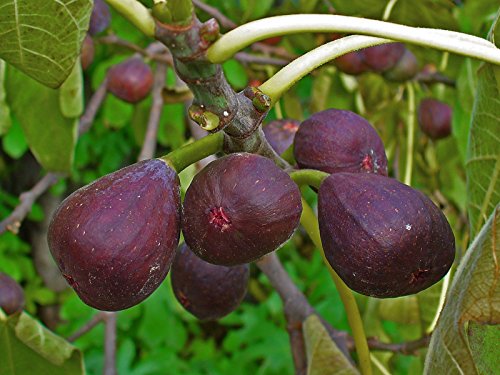
In the other seasons it is usual to apply some amount of water but in a very small amount so that it receives only what it needs.
How can we detect lack of irrigation in fig trees?
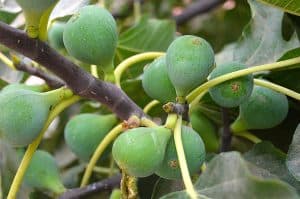 If you don’t have an optimized irrigation system for your fig trees, it’s likely that the leaves of the fig trees will start to turn yellow.
If you don’t have an optimized irrigation system for your fig trees, it’s likely that the leaves of the fig trees will start to turn yellow.
This condition applies first to the newest leaves and then to the oldest ones.
However, the most worrying thing is that these leaves also end up falling off, which makes the fig tree look helpless and lifeless.
On the other hand, water stress can negatively impact fruit production, causing dryness in the pulp. When you regulate the amount of water that it receives and that it is beneficial for it, it will surely begin to improve rapidly.
How often should we water the fig trees?
The frequency of irrigation of the fig trees must be established very carefully because drought is better than excess water.For this reason, it is recommended to water once a week during the summer if the weather is excessively dry or once every 15 days if there is more humidity.
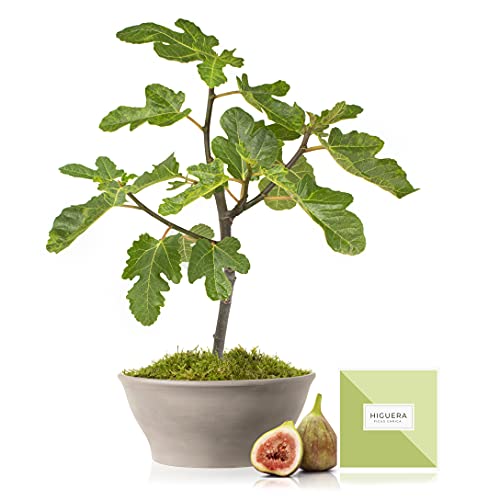
In the winter the need for irrigation is practically non-existent, being able to apply a monthly irrigation in case you notice that the land is very dry. In the periods when there is rain, it is better to suppress the irrigations in their entirety until they become indispensable again.
What is the best way to water fig trees?
Fig trees accept two methods of irrigation with which they do well: drip and micro-sprinklers.The drip method is ideal for plantations with a small number of specimens because it helps distribute the water and makes it fall exactly where it should.

In addition, as it is done based on small amounts each time, the risk of the fig trees suffering from excessive watering is greatly reduced. In the case of micro-sprinklers, they are recommended for large plantations of fig trees.

Thanks to their operation, they make it easier to reach a large area of land and thus make more efficient use of water. The micro-sprinkler irrigation system simulates what the plants experience when it rains naturally, but it must be ensured that the water flow is low.
Otherwise, it is very likely that the fig trees will be subject to more irrigation than they should.
How do we detect excess water in fig trees?
Between excessive watering and drought, fig trees can better resist the few waterings, so you have to be careful not to humidify without control. The symptoms are manifested in the leaves that will begin to drop, sometimes being green, other times turning yellow.
If the plant is in full production process, the fruits can also fall without even having developed, so there would be a loss of the harvest. Ultimately, root suffocation will be generated which will result in the death of the plant.
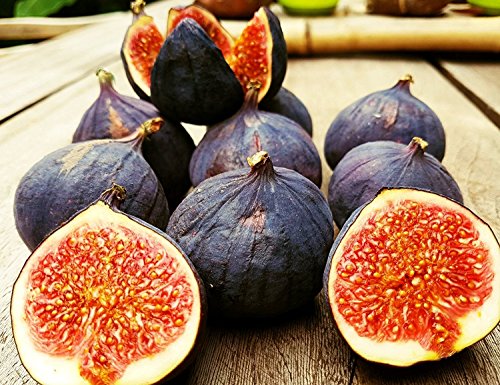
The issue of irrigation of fig trees is important to work according to the recommended guidelines so that they do not suffer and give you a great production. In general, it is not about becoming an expert or performing impossible calculations, but rather advancing with the task with common sense, adapting to the signals that the plant generates.
Bibliographic references
- The irrigation of fruit trees in general and some specific considerations for the cultivation of fig trees, J Girona – International Symposium on Fruit Crops for Areas …, 2000 – sidalc.net
- Fig tree (Ficus carica L.), A Lavin, M Reyes – INIA Bulletin-Research Institute…, 2004 – library.inia.cl
- Induced water deficit for fig trees (Ficus carica l) in high population and drip irrigation, MR González, SIJ Jimenez… – Agrofaz: publication…, 2019 – dialnet.unirioja.es
- Response of the fig tree to the application of nitrogen and potassium in drip irrigation and high population in the Lagunera Region, MR González, GD Ramírez… – Agrofaz: publication…, 2017 – dialnet.unirioja.es
- Design of an irrigation system using underground diffusers and its effect on the ecophysiology and water productivity in fig trees (Ficus carica L.), G Lucero Vega – 2018 – dspace.cibnor.mx
Maybe you are also interested in:



![Photo of Dry Tropical Climate: [Characteristics, Flora, Fauna and Adaptability]](https://www.complete-gardening.com/wp-content/uploads/2022/08/dry-tropical-climate-characteristics-flora-fauna-and-adaptability-351x220.jpg)
![Photo of Sprinkler Irrigation: [Advantages, Disadvantages, Forms and Operation]](https://www.complete-gardening.com/wp-content/uploads/2022/08/sprinkler-irrigation-advantages-disadvantages-forms-and-operation-390x220.jpg)